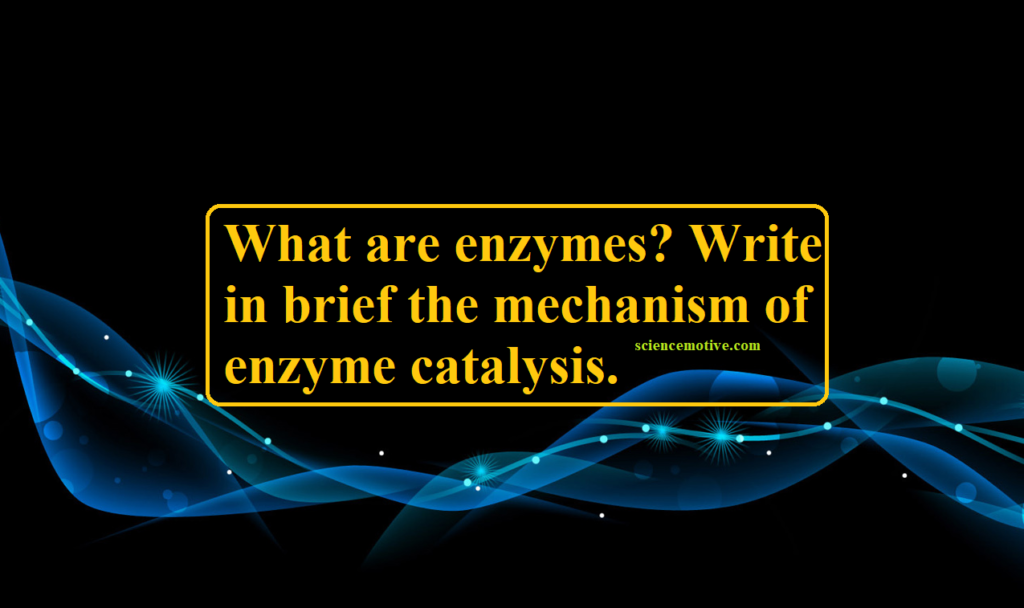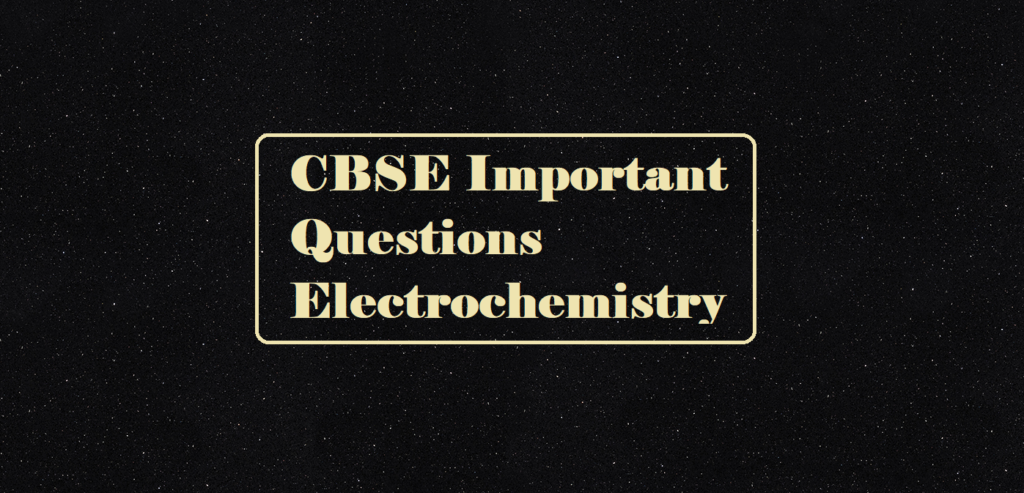What are enzymes? Write in brief
What are enzymes? Write in brief
Que. What are enzymes? Write in brief the mechanism of enzyme catalysis.
Ans. Enzymes are protein molecules of high molecular mass and form colloidal solutions in water. These are present in plants and animals and behave as biochemical catalysts or biocatalysts. Enzymes catalyze reactions occurring in human beings.
Mechanism of enzyme catalysis: A number of cavities are present on the surface of colloidal particles of enzymes. These cavities are of a characteristic shape and possess active groups like -NH2, -COOH, -SH, -OH, etc. These are actually the action centers on the surface of enzyme particles. The molecules of reactant (substrate) which possess complementary shape, fit into these cavities just like a key fit into a lock. On account of the presence of active decomposes to yield products.
Mechanism of enzyme-catalyzed reactions takes place in two steps:
Step 1. E + S → [ES]
Step 2. [ES] → E + P
What are enzymes? Write in brief
Surface Chemistry Notes Class 12
CBSE Class 12 Important Questions Chapter Surface Chemistry
Surface Chemistry Multiple Choice Questions pdf



